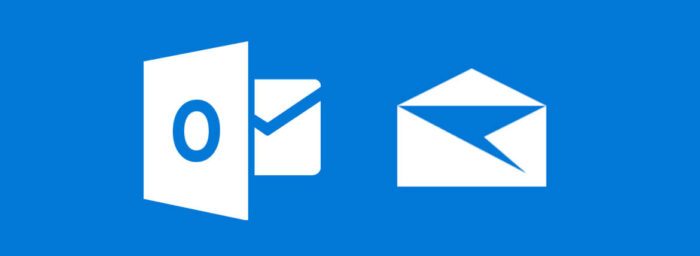Emails are hackers’ go-to targets for cybercriminal activities. Since they’re such an easy target, 90% of hacking relies on emails. Virtually everyone has an email address, and it’s easy for cybercriminals to find them online. How? You share your email on LinkedIn and use it to log into websites all the time.

How do email breaches even happen?
Hackers can send malicious links and attachments to your email. Unsuspecting any dangerous activity, you open them and install malware that gives them access to your account. Another option is that hackers crack your weak “123456789” password. Your birthdate is another go-to hack. Sometimes, your outdated security has vulnerabilities hackers can use to breach your account. Other times, the latest movie or game download contained a virus.
While Outlook does have a spam folder that filters suspicious emails, savvier cybercriminals can craft emails that bypass those filters.
How to tell if Outlook Email account has been Hacked?
What are some telltale signs of a hacked Outlook email, and which steps should you take if you suspect that your email has been compromised? Stick around to find out.
Indications of a Hacked Outlook Email
Depending on the attack, there might be apparent signs that someone hacked your account. Other times hackers could have leaked the list of emails and passwords with your data online.
In most cases, Outlook will alert you if someone is trying to reset your email password or login into your account from an unfamiliar device.
Here are some questions to help you discover if someone got your Outlook account info:
- Can you log into your account? If you can’t log in to your Outlook account, your password has been changed. This is the first and obvious sign that your account has been breached.
- Are there signs of strange activity? For example, you can log in, but you notice that some of the emails have been deleted, missing, misplaced, opened, or sent without your knowledge. Check recent activity in your Outlook settings to discover unwanted activity on your email.
- Does the device on which you use Outlook have a virus? Malware is easily downloaded after clicking on the link containing a virus or opening an attachment that downloads a virus to your computer or mobile phone. Some malware can collect passwords and let hackers into your email.
- Are you reusing your Outlook password? After hackers get your account information from one site, they check if you’re reusing your login information. If you’ve recycled your Outlook account password to log in to other websites, that could grant them access to your email.
Check if your Email has been compromised
Even if there are no obvious signs that your email has been hacked, you can still check if your email has been leaked as a part of a breach.
Use the website haveibeenpwned.com to check if your email has been exposed in known breaches. The site is run by cybersecurity expert Troy Hunt, and it’s even used by Australian and UK governments to check if their domains have been a part of the most recent breaches.
Once you enter your email address in their search bar, it’ll tell you how in how many breaches your email has been publicly exposed. Then, it cross-checks your email with a list of hacked websites from which the user’s emails have been stolen.
You’ll also find out in which breaches have your email (and/or password) been made public.
Even if your email information has been leaked, that doesn’t necessarily mean that cybercriminals will use the info right away. A list with your email might appear on the dark web months later.
Discovering this information early gives you the time to change your password and reduces the chances of being hacked.
What should you do if you suspect your Email has been Hacked?
To protect your email account and devices:
- Remove malware from your device
- Replace passwords with a stronger one on a regular basis
- Invest in good email security solutions to prevent breaches
Phishing attacks send malware via email installed on your PC once you open the email or click the infected link. Scan your computer with a reliable antivirus program and clear your devices from malware.
Change your password if you can. Sure, this step might be a hassle, but did you know that you should change your password every three months anyway?
Businesses also need additional email security to make sure they’ve removed any pathways hackers could use to breach their system. Unfortunately, while Outlook does have built-in cybersecurity solutions, they aren’t enough.
Other factors to seriously consider include employee training, filters that can spot phishing emails, security monitoring that looks over your email traffic, email attachment scanning, and more.
Nine out of ten cyber-attacks start with an email. So don’t forget to secure yours today.
Leave a Reply